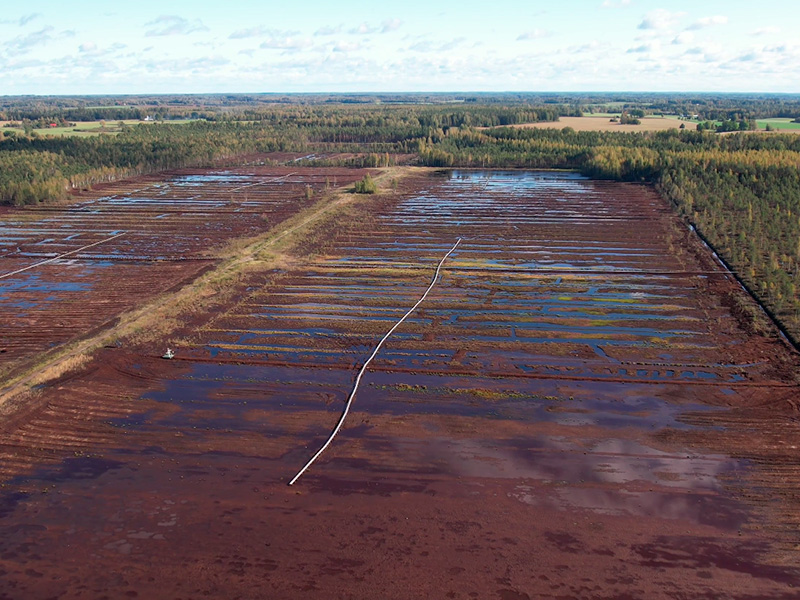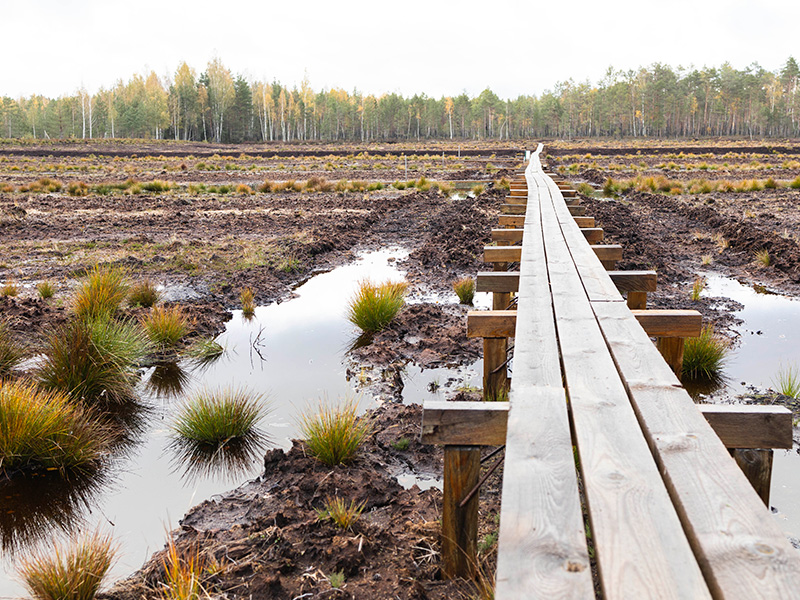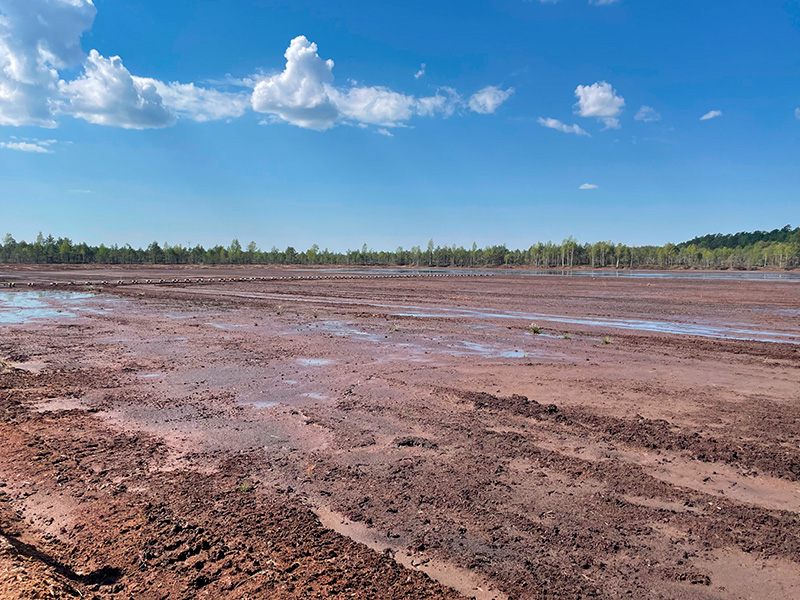REWET Open Lab 4
Ess-soo, Estonia

Location:
Ess-soo, Ruhingu, Võru County, south-west Estonia
Type of wetland:
Peatland
Size:
212 ha
Site manager:
Estonian government
OL coordinator (organisation and country):
University of Tartu, Estonia
Ess-soo Bog Conservation
From Drainage to Restoration: Protecting Estonia’s Peatlands
Ess-soo bog in southwest Estonia is of limnogenic origin and most of the bog is part of the landscape protection area (212 ha) where the peat layer varies from 4 to 6 m. The eastern part of the bog (50 ha) was extensively drained for peat extraction and abandoned in 1994 and is not currently protected. The remaining peat layer varies from 2 to 4 m. Vegetation cover in the abandoned milled peat extraction area is sparse and is dominated by Eriophorum vaginatum, Calluna vulgaris, Empetrum nigrum, Vaccinium uliginosum, Polytrichum strictum, Betula pubescens, and Pinus sylvestris. Current site represents an example of the active citizens engagement to stop expansion of drainage and peat extraction to protected areas and to promote restoration of current area.

Northern Boreal Peatland Restoration
Reviving Peatlands: Strategies for Enhanced Carbon Uptake

The site is representing the Northern Boreal zone and large peatlands have been previously drained and used for various purposes. Therefore, peatland restoration is of high interest and specially maximizing the carbon uptake.
Diverse Restoration Strategies
Tailored Restoration: Multiple Approaches to Ecosystem Recovery
This OL has currently ongoing restoration activities and the entire area will be restored by the end of 2021. The site has several sub-sites that has different restoration approaches, which includes control site, three sites with sphagnum cultivation with different water table depths and one site, which is shallow water wetland and will be vegetated with common reed (Phragmites australis). The manual closed chamber technique will be used at the control site and sphagnum cultivation sites, while the EC tower will be set up at the shallow water wetland to capture GHG emissions.
